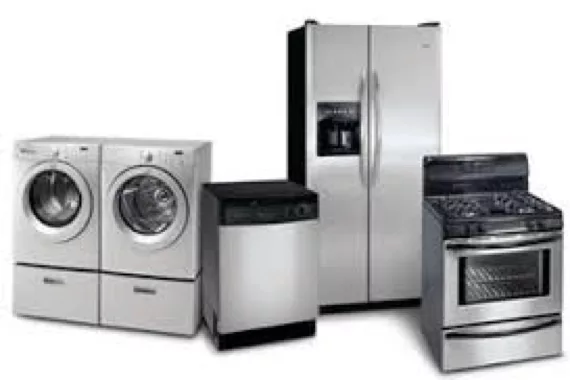Are you heading to another country and wondering if you should take your electronics and appliances with you? Check out our guide to moving electronics and appliances internationally:
Multi-System Appliances and Electronics
Electric current varies from country to country. For example, the European standard is 220- 240 volt, 50-cycle, while North America uses a 110-120 volt, 60-cycle system. ‘Multi-system’ appliances operate on either 110-120 volts or 220-240 volts. Smaller devices such as hair dryers, VCRs, and clock radios are usually constructed with a switch that enables them to work on either current. There are also multi-system television sets, but they also must be adaptable to different scanning standards, in order to avoid distorted reception. Other more powerful appliances, such as microwave ovens and vacuum cleaners, are not multi-system.
Understanding Electrical Terms
When moving electronics and appliances internationally, there are a number of electrical terms, which will help you determine whether you’ll be able to use various commonplace electrical devices in other countries.
- Voltage – A measurement of the strength of electric current, is the most important factor in the operation of an appliance. A device meant to run at 110-120 would be severely damaged if you connect it to a 220-240 outlet.
- Cycle – Also referred to as hertz, indicates frequency of a process called oscillation that produces alternating current. It affects the accuracy of appliances such as clocks, record players, and others that have an internal timing mechanism. If wired for 60 cycles, they will run more slowly at 50 cycles.
- Electric current – The current can be either alternating or direct. Alternating current, which is more efficient and reliable than direct current, is the norm in developed countries. However, in some countries, both types may be in use.
- Wattage / Amps – Sometimes wattage is expressed in amps or amperes, which is a larger unit of electrical measurement. The mathematical relationship between watts and amps is simple. Multiply the number of amps by the voltage to get the wattage. Thus, an appliance marked 2 amps that is intended to operate at 110 volts has a wattage of 220.
Adapting appliances
You can adapt some appliances to work on different currents by connecting a transformer. You plug the transformer into an outlet and it adjusts the voltage. Transformers work only on alternating current and do not affect the cycle. They are rated according to the amount of watts or wattage, another measure of current strength that they can accommodate.
Note: Never connect a transformer to an appliance that requires a greater wattage than it is rated for. Also, you should always ensure that it is grounded, except for the smallest appliances.
Some examples of adaptable appliances are:
- coffee makers
- toasters
- blenders
- mixers
- most stereos and computers
- cordless telephones.
Appliances that do not adapt successfully include:
- refrigerators
- clothes washers and dryers
- air conditioners
- microwave ovens
- vacuum cleaners
- electric clocks
Light bulbs
Light bulbs designed for one voltage system generally do not work well in another. In addition, some countries use bulbs that screw into the socket, while others may use a ‘push-and-twist’ locking mechanism referred to as ‘bayonets’.
Plug Configuration
Another complication of taking your appliances with you is that the configuration of plugs used for appliances may be different in your destination country. You may encounter any of the following:
- two-flat prongs or pins
- with or without an additional round one
- two or three round prongs
- three-square prongs
In some countries it is common practice to find appliances with plugs already attached, in others you must buy a plug separately and learn how to do the wiring yourself. You can usually overcome discrepancies with adapter plugs. However, if you’re unsure of the safety or efficiency of this, you can always hire an electrician.
Appliance Sizes
Appliance size is another important consideration. For example, North American-style refrigerators and stoves often do not fit easily into the smaller kitchens that are common in Europe and other parts of the world. In addition, the transformers required for such heavy-duty equipment can be unusually large. If you need to have repairs done, finding spare parts might be difficult.
Warranties
You will need to take special care when moving electronics and appliances internationally. If you are purchasing new appliances, be sure to get international warranties, so you can have them serviced anywhere in the world. If you plan to take your existing appliances and electronic equipment, check their warranties for limitations. Find out if the manufacturers of your existing equipment have an international division, and whether servicing and parts are available in your destination country. Take schematic drawings with you, which will facilitate any necessary repair work.
Shipping and Customs Considerations
Keep in mind that customs will price your international shipment by weight or volume. Give us a call at Tippet-Richardson to discuss the cost of moving electronics and appliances internationally, versus purchasing new appliances/electronics at destination, as well as pertinent customs considerations.







